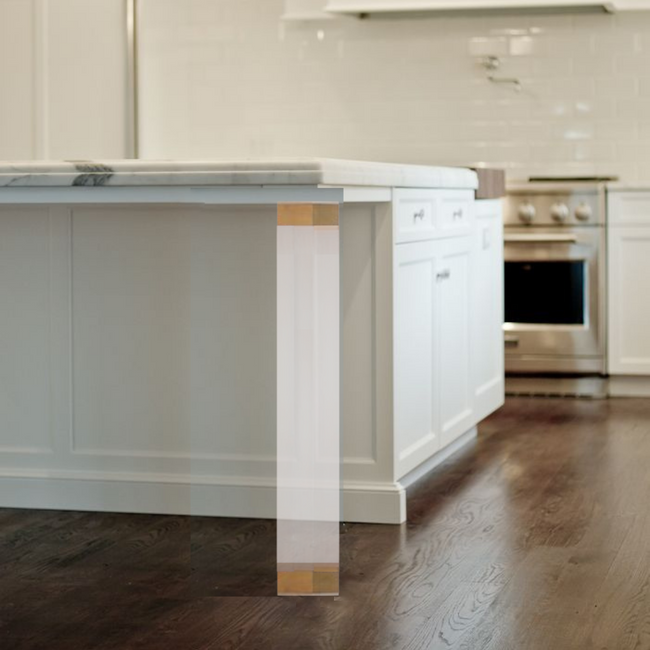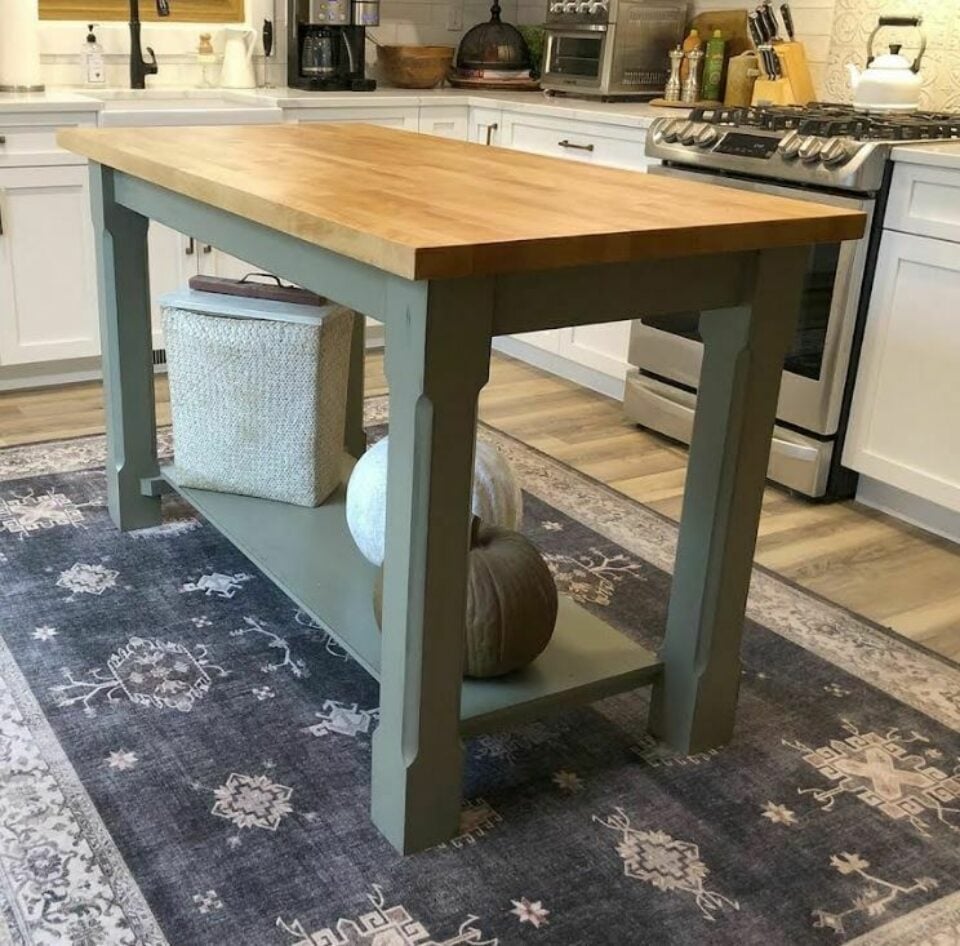The Top Kitchen Island Leg Styles to Enhance Any Type Of Layout Aesthetic
The Top Kitchen Island Leg Styles to Enhance Any Type Of Layout Aesthetic
Blog Article
The Importance of a Sturdy Kitchen Area Island Leg in Producing a Practical Food Preparation Area
A strong cooking area island leg offers as an essential element in establishing a practical cooking environment, supplying necessary support for both the counter top and numerous cooking area tasks. As cooking areas progress right into multifunctional areas for food preparation, eating, and interacting socially, the option of materials and layout factors to consider for island legs ends up being increasingly important.
Benefits of Sturdy Island Legs
Supplying essential assistance, tough kitchen area island legs play a critical role in enhancing the capability and sturdiness of kitchen islands - kitchen island leg. These legs not just bear the weight of the countertop and any additional things put on the island, yet likewise add to the overall stability of the structure. A well-supported cooking area island makes certain that it remains upright and functional, even under hefty use, which is specifically crucial in busy cooking area settings
In addition, strong island legs can boost the aesthetic allure of the kitchen. They supply a solid structure that can complement different layout styles, from modern to typical. This adaptability enables homeowners to tailor their kitchen area islands according to personal preference while guaranteeing that the structural stability continues to be uncompromised.
In addition to their supportive role, robust kitchen island legs can also improve safety and security. Ultimately, investing in sturdy kitchen island legs is essential for a functional and visually pleasing cooking area.
Materials for Cooking Area Island Legs
When choosing materials for kitchen island legs, sturdiness and aesthetic appeal are critical variables to think about,. The most common materials include wood, steel, and engineered timber, each offering special benefits.
Wood, such as maple, oak, or cherry, is a classic choice due to its toughness and classic appeal (kitchen island leg). It can withstand considerable weight and is resistant to wear, making it excellent for high-use kitchen area environments. Additionally, hardwood can be stained or painted to match different kitchen designs
Steel legs, commonly crafted from stainless-steel or functioned iron, supply a modern and industrial appearance. They are unbelievably strong and can support substantial loads while being resistant to moisture and heat, which is beneficial in a cooking area. Steel legs can additionally be quickly cleansed, boosting their usefulness.

Layout Factors To Consider for Stability
The option of materials for cooking area island legs straight affects the design factors to consider for security. When creating a cooking area island, it is extremely important to review the weight-bearing ability of the picked materials. Larger products, such as strong timber or steel, usually supply better stability, especially under the stress of daily usage.
Furthermore, the leg design have to include appropriate geometry to improve stability. A bigger base increases the support location, decreasing the risk of tottering or tipping. Consideration ought to also be given to the elevation of the legs; disproportionate leg sizes can bring about imbalance, endangering the overall security of the island.
Additionally, the circulation of weight throughout the island is important. Guaranteeing that the leg positioning aligns with the heaviest components, such as devices and counter tops, will certainly further boost security.
Maintenance Tips for Long Life

Cleaning up is one more critical facet of upkeep. Depending upon the material of the legs-- whether wood, metal, or composite-- ideal cleansing techniques ought to be used. For wood legs, a mild wipe with a suitable timber and a wet fabric cleaner will certainly aid protect their surface. Steel legs may require a light polish to avoid rust and keep their appeal.
In addition, tightening up screws and screws regularly can make certain security and stop tottering. Think about enhancing the legs with additional brackets or supports to boost resilience if the kitchen area island experiences heavy usage. Last but not least, applying a protective surface or sealer can secure versus dampness and discolorations, extending the lifespan of the legs. By following these maintenance pointers, home owners can ensure their kitchen area island legs continue to be durable and functional for several years to find.
Selecting the Right Leg Design
Regular upkeep makes sure that kitchen area island legs remain practical and durable, yet selecting the appropriate leg design is just as vital for both visual appeals and support. The choice of leg style can considerably affect the total style and consistency of your kitchen.

Capability is an additional important aspect. Thicker legs or those with a strong base can sustain much heavier kitchen counters and devices, boosting the island's energy. Alternatively, slender legs might develop a ventilated appearance, ideal for lighter designs yet possibly less helpful.
Verdict
In summary, the relevance of strong kitchen island legs can not be overemphasized Home Page in the production of a practical food preparation area. These legs offer necessary support, improve security, and contribute to the overall visual of the cooking area.
A durable cooking area island leg serves as an essential part in establishing a useful food preparation atmosphere, giving required assistance for both the counter top and visit site various cooking area activities.Offering important assistance, tough cooking area island legs play a critical function in improving the performance and sturdiness of kitchen area islands. Ultimately, investing in durable kitchen area island legs is vital for a practical and aesthetically pleasing cooking location.
Factor to consider must also be provided to the height of the legs; out of proportion leg sizes can lead to inequality, compromising the overall stability of the island.
Wooden legs offer warmth and a classic look, while steel legs provide a industrial and contemporary feeling.
Report this page